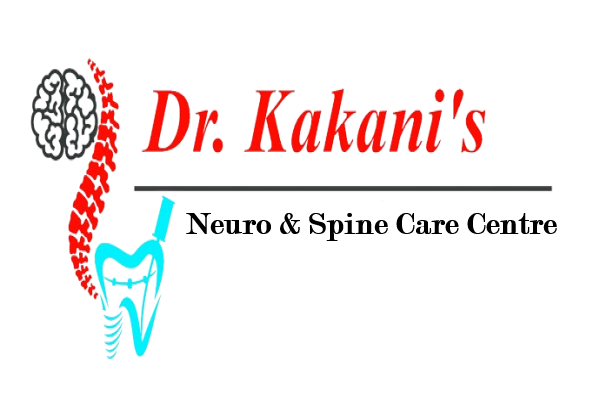Neck pain and backache can have various causes, and it's essential to identify the specific factors contributing to your discomfort. Here are some common causes: Neck Pain: Muscle Strain: Overuse or poor posture can strain the neck muscles, leading to pain. Poor Ergonomics: Incorrect positioning of the head and neck while working or sleeping can contribute to neck pain. Text Neck: Excessive use of smartphones or devices, leading to prolonged forward head posture. Herniated Disc: The cushions between the vertebrae can rupture, causing pain and potentially compressing nearby nerves. Arthritis: Osteoarthritis or rheumatoid arthritis can affect the joints in the neck, leading to pain and stiffness. Whiplash: A sudden jerking motion of the head, often due to car accidents, can cause neck strain. Stress and Tension: Emotional stress can contribute to muscle tension, leading to neck pain. Back Ache: Muscle Strain: Overexertion, lifting heavy objects incorrectly, or sudden movements can strain back muscles. Poor Posture: Slouching or maintaining an improper posture can put stress on the spine and lead to back pain. Disk Problems: Herniated or bulging discs can press on nerves, causing back pain. Sciatica: Compression or irritation of the sciatic nerve can result in lower back pain that radiates down the leg. Arthritis: Osteoarthritis or inflammatory arthritis can affect the spine and cause back pain. Scoliosis: Abnormal curvature of the spine can lead to chronic back pain. Spinal Stenosis: Narrowing of the spinal canal, often associated with aging, can cause back pain and leg discomfort. Strains and Sprains: Injuries to ligaments or tendons in the back can cause pain. Kidney Stones: Back pain can be a symptom of kidney stones. Infections and Tumors: In rare cases, infections or tumors in the spine can cause back pain. It's crucial to consult with a healthcare professional to determine the specific cause of your neck pain or backache. They can conduct a thorough examination, order imaging tests if necessary, and recommend an appropriate treatment plan based on the underlying cause.

This is your website preview.
Currently it only shows your basic business info. Start adding relevant business details such as description, images and products or services to gain your customers attention by using Boost 360 android app / iOS App / web portal.
917276135101
Have any question or need any consultation?
Online appointment booking is not available right now.
Your enquiry
Your contact info
Appointment Confirmed
Your appointment ID is
| Doctor Name: | |
| Date & Time: | |
| Contact: | +917276135101 |
| Address: | Medicure multispeciality clinic, Ground Floor, Shree Radhe heights, opp. Niti Gaurav Complex, near Lokmat chowk, Ramdaspeth, Nagpur, Maharashtra 440012, India |
| Appointment fee: | |
| Payment mode: | |
| Join video call at: |
Thanks for choosing us.Your appointment details has been shared on your mobile number as well. Please arrive atleast 10 minutes ahead of the scheduled time.
Success
